-

Can you work out which Olympics athletics event each anonymised graph of Olympic records data represents? This activity, aimed at Key Stage 3 (age 11-14), gives students the opportunity to make sense of graphical data and challenges them to apply their own knowledge about athletics to explain and interpret key features of the graphs.
-
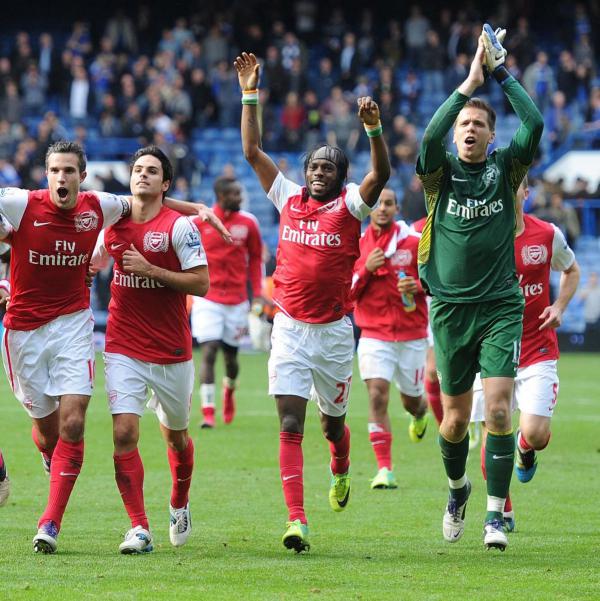
How many different football team formations can you find? This activity provides an engaging real-life context to investigate simple combinations, and is aimed at Key Stage 3 students.
-

Can you match these records and measurements to the correct event at the Olympic Games? This activity invites students to engage with units of measurement and orders of magnitude, and is aimed at secondary students at Key Stage 3.
-
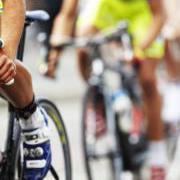
Can you analyse the nutritional needs of a long-distance cyclist to help him plan his calorie intake? This activity provides a real-life context for handling data, converting units and proportional reasoning and is aimed at secondary students at Key Stages 3 and 4.
-
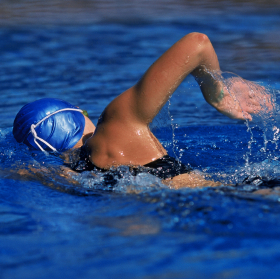
The triathlon is a physically gruelling challenge. Can you work out which athlete burnt the most calories? This activity provides a real-life context for working with proportionality, speed, rates, and units of measurement and is aimed at Key Stage 3 students (age 11-14).
-
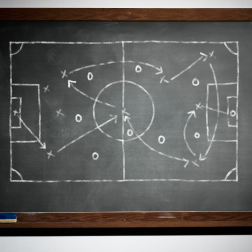
This activity follows on from Charting Success and encourages students to consider and analyse representations of data from the world of sport, to make sense of the stories they tell, and to analyse whether the right representation has been chosen for the purpose. It is aimed at secondary students (Key Stages 3 and 4).
-

The organisers of the Olympic Torch Relay hope that the planned route means that the Torch will come within 10 miles of 95% of the population of Britain. Has this worked? This activity can be approached at different levels by a wide range of ages from older primary school pupils to GCSE students (Key Stages 2 to 4).
-

Four sporty brainteasers in the context of fencing, hockey, football and international medal tables. This activity challenges students to be resourceful, to think logically and to work systematically, and is designed to be accessible to secondary maths students at Key Stages 3 and 4.
-
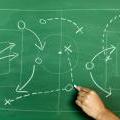
Sports statisticians, trainers and competitors create graphs, charts and diagrams to help them to analyse performance, inform training programmes or improve motivation. This activity encourages students to consider and analyse representations of data from a number of sports, and to discuss whether the right representation has been chosen for the purpose. It is aimed at secondary students (Key Stages 3 and 4).
-

Can you use data from the 2012 London Olympics medal tables to decide which country has the most naturally athletic population? This data-handling activity encourages mathematical investigation and discussion and is designed to be accessible to secondary maths students at Key Stages 3 and 4.
These activities are based on maths usually encountered in the first few years of secondary school at UK Key Stage 3 (ages 11 to 14).

